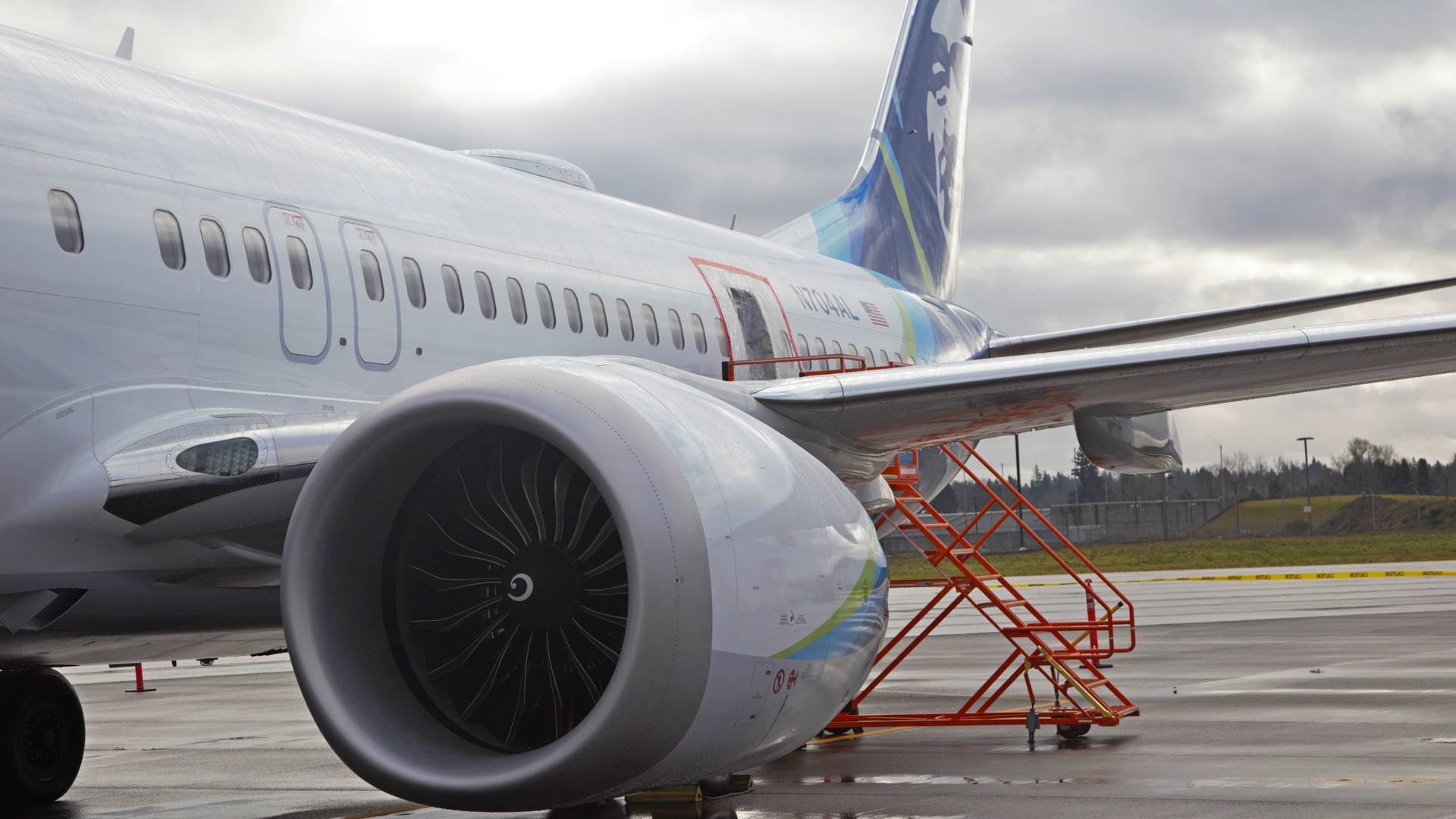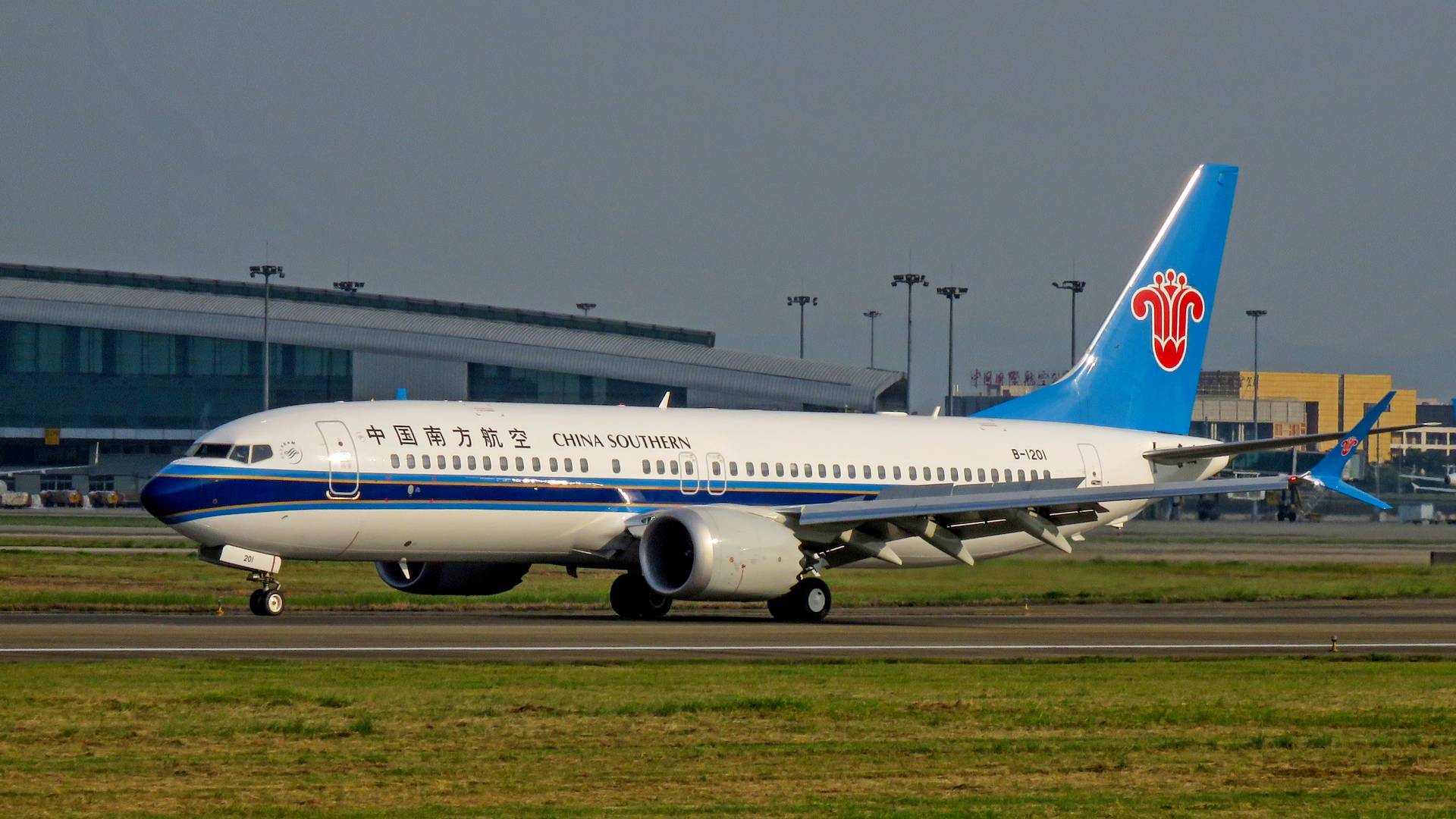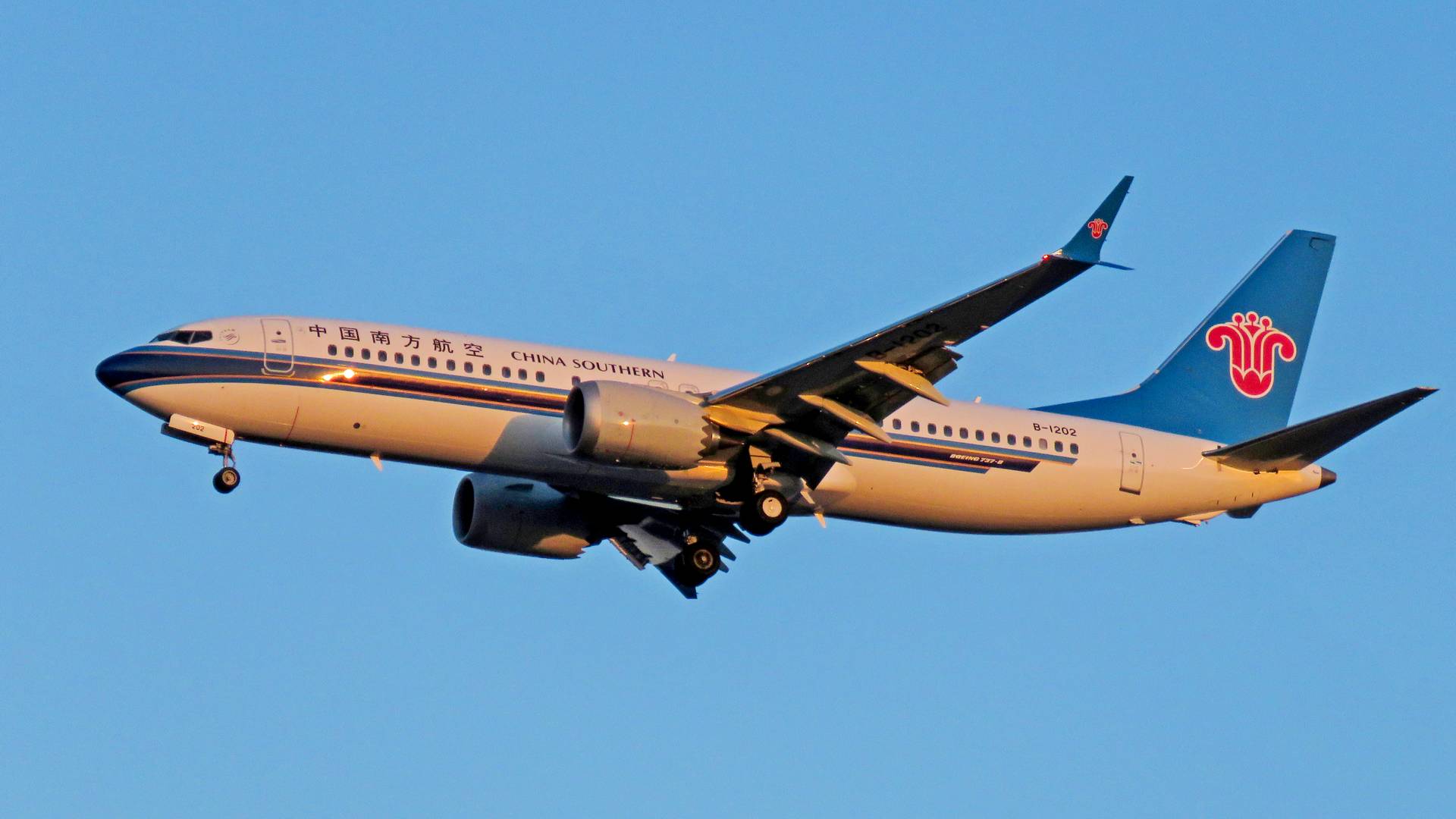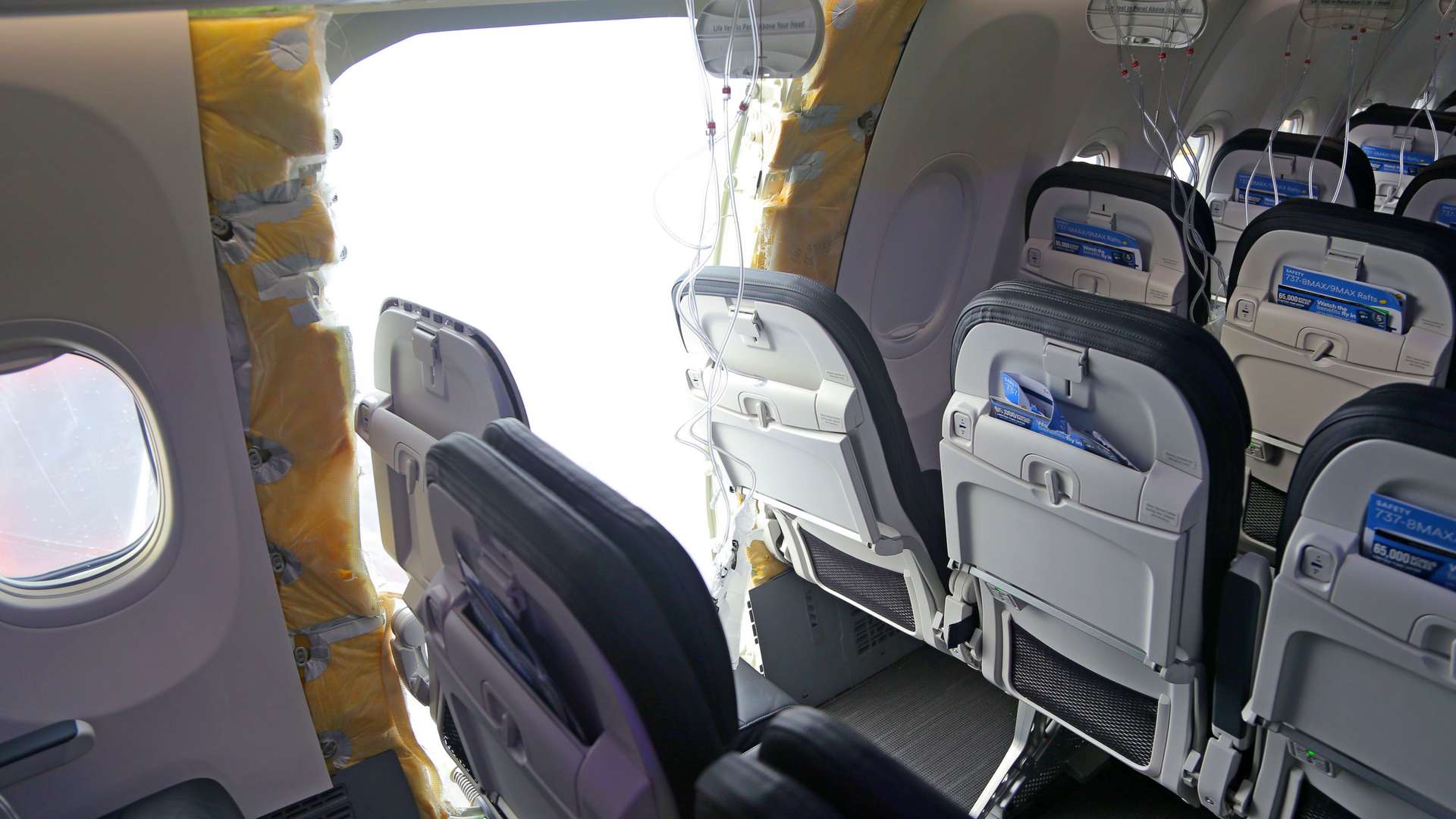After years of delays, deliveries of 737 MAX airliners to Chinese airlines looked set to restart soon. However, recent events changed that.
We have previously looked at what we know so far about the accident of Alaska Airlines 1282. The passengers and crew of this Boeing 737 MAX-9 survived without serious injuries on the evening of the 5th of January, after an explosive depressurization. A mid-cabin door plug separated from the aircraft, as it climbed past 15,000 feet.

The investigation into this event is ongoing, with investigators trying to determine whether or not the door plug was secured properly, and who was the last to work on it. Four bolts stop vertical movement of the door plug, ensuring that twelve bearing surfaces on the door frame remain aligned with corresponding surfaces on the door.
But the effects of this event go well beyond this particular aircraft, or even the 737-9 version of the MAX. Chinese deliveries of the 737 MAX and other Boeing passenger jets have stopped since 2019. Boeing delivered a 787 to Chinese carrier Juneyao Air late last December, as we saw.

Already then, various aviation news sources suggested that Boeing was preparing a number of 737 MAX narrowbodies for a Chinese customer. This was China Southern, which already has 24 737-8s, with orders for at least 20 more.
Chinese 737 MAX Fleet: NO 737-9s!
Interestingly, neither China Southern nor any other Chinese carriers currently have orders for the 737 MAX type that lost its door plug. They all have 737-8s, which don’t have the mid-cabin doors or door plugs of the 737-9. Even so, China’s aviation regulator reportedly told the country’s airlines to perform additional inspections on their 737 MAX fleets.

Chinese airlines that had taken 737 MAX deliveries before the 2019 grounding restarted using them in 2023. The restart of deliveries of the type to China would be a landmark for Boeing and the recovery of its signature single-aisle aircraft. More Chinese 737 MAX orders would be even better.
This now looks more uncertain. The same goes for the FAA certification of the remaining 737 MAX variants: the 737-7 and 737-10. Boeing was hoping for an exemption that would allow it to certify the 737-7 with the same engine nacelles as other 737 MAX variants.

Previously, the FAA demanded changes to the nacelle’s design, because of possible issues with the engine anti-ice system. The new design will eventually be retrofitted to all MAX variants, but Boeing has several years to bring these changes to the existing MAX fleet.
Like Boeing, the FAA itself is facing additional criticism for its perceived lack of oversight of Boeing. This makes such exemptions seem unlikely to happen, at a time when Boeing tries to prove that it can get its house in order.



